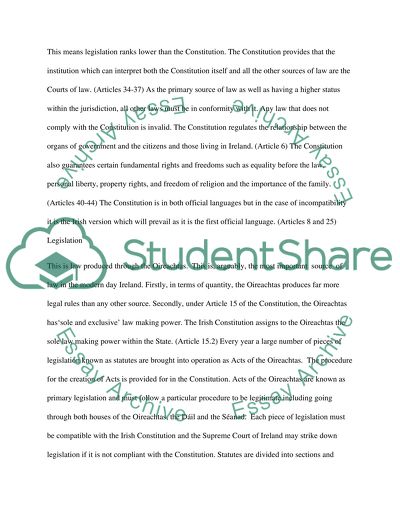Cite this document
(“Discuss the sources of irish law and show how they relate to each Essay”, n.d.)
Retrieved from https://studentshare.org/environmental-studies/1419729-discuss-the-sources-of-irish-law-and-show-how-they
Retrieved from https://studentshare.org/environmental-studies/1419729-discuss-the-sources-of-irish-law-and-show-how-they
(Discuss the Sources of Irish Law and Show How They Relate to Each Essay)
https://studentshare.org/environmental-studies/1419729-discuss-the-sources-of-irish-law-and-show-how-they.
https://studentshare.org/environmental-studies/1419729-discuss-the-sources-of-irish-law-and-show-how-they.
“Discuss the Sources of Irish Law and Show How They Relate to Each Essay”, n.d. https://studentshare.org/environmental-studies/1419729-discuss-the-sources-of-irish-law-and-show-how-they.


